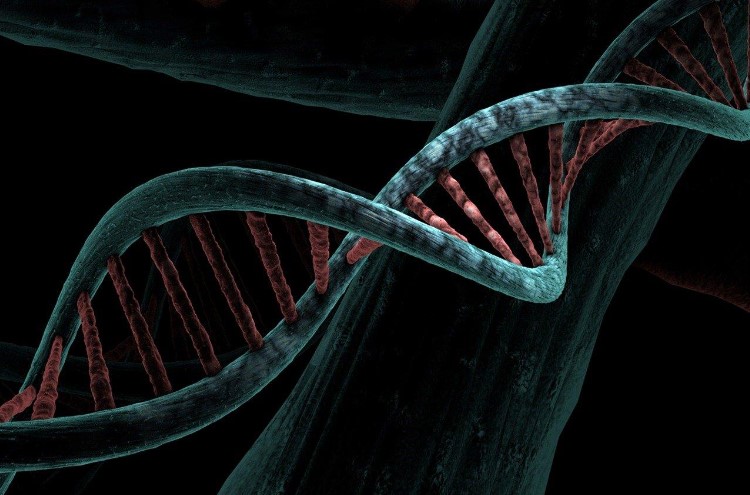Contrary to popular opinion, a man must confirm if he is indeed the biological father of a child. But the question is, when should a man seek the truth? Thanks to technological progress, men now have access to three main types of DNA testing for paternity: tests you can do at home, paternity tests during pregnancy and legal paternity testing. You can find any of these tests from authorised laboratory websites. The DNA tests you can do at home don’t require legal validation, as their findings aren’t acceptable in a legal dispute. If you’re merely looking for personal confirmation and prefer the convenience of staying at home for the sampling process, then the home paternity test is a suitable choice. It’s important to note that the testing process for DNA is the same as any other test, despite the lower cost. However, if you do the test at home, the results cannot be used in court.

Is prenatal testing a possibility?
In earlier times, it was essential for a baby to be born before extracting a DNA sample from their blood for testing. However, modern labs can now retrieve an unborn child’s DNA via a mother’s blood sample. This represents the second category of paternity DNA tests. It’s worth mentioning that this is only possible after the seventh week of pregnancy, so patience is required until then. One benefit of this method is that it doesn’t disturb the unborn baby in any way. Here, the lab requires a blood sample from the expectant mother and a saliva sample from the supposed father. It’s common for labs to provide a kit enabling the couple to self-collect these samples and send them back for analysis. Please keep in mind that there are two versions of the test: one that is legally valid and the other that is only intended for informational purposes.
Paternity tests with legal validity
The third and final category of paternity testing is a variant of the previous two. Labs offer personal-use tests, which are more affordable and more straightforward to conduct, as well as legal-use tests. The latter necessitates the couple’s visit to a designated location set by the lab, where a lab-authorised individual collects the samples. To use paternity test results in a legal proceeding, a neutral third party must verify that the samples were genuinely taken from the participants involved in the case. It’s vital to remember that this type of paternity DNA testing follows a stringent procedure, which the couple must rigorously adhere to, ensuring the test’s validity.


